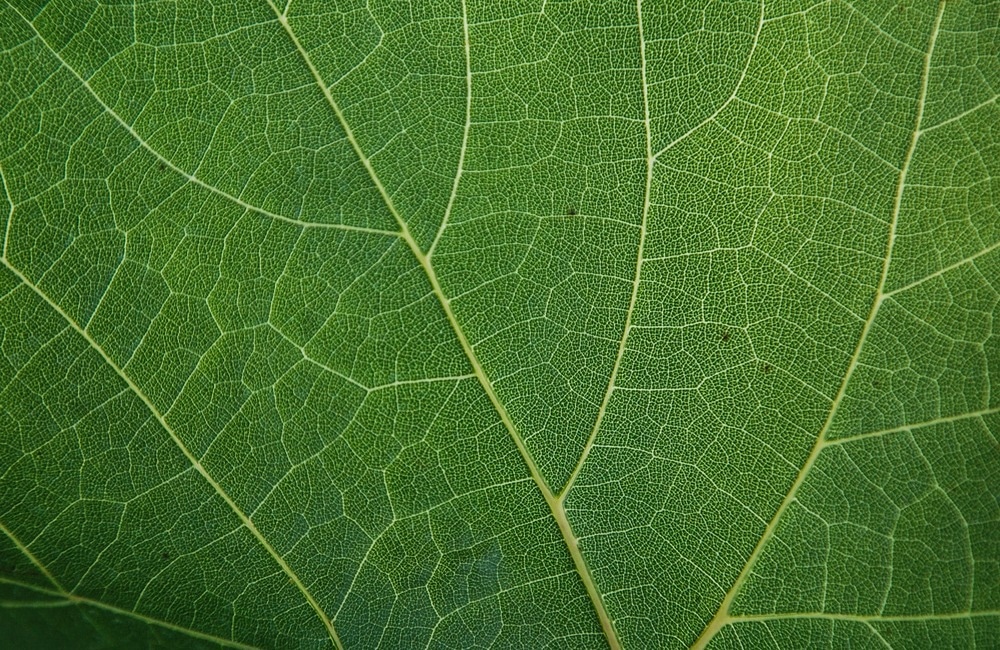A team of scientists from Imperial College London and Queen Mary University of London have reviewed advances in bioderived, bioinspired aqueous electrocatalysis, which could provide significant advantages over current catalysts used in sustainable energy technologies. The paper has appeared in the journal Chemical Reviews.

Study: Bioinspired and Bioderived Aqueous Electrocatalysis. Image Credit: Burgua/Shutterstock.com
Toward a Carbon-Neutral Future
Currently, all evidence for human impact on climate change points toward a potentially disastrous future unless carbon emissions are sharply curbed in the coming decades. In 2021, global CO2 emissions reached 419 parts per million, the highest they have been in two million years.
In response to the growing threat of climate change and consequent temperature rises and environmental damage, world governments have committed to net zero emissions by the year 2050. Agreements such as the EU Green Deal and commitments set forth in COP27 have been implemented to mitigate the damage done by rapid urbanization and industrialization over the past few decades.
Renewable energy technologies and sustainable fuels are two of the main strategies developed in recent years to decarbonize key sectors of industry, such as energy generation and transportation. Indeed, the energy sector is a major contributor to climate change, with fossil fuel exploitation responsible for approximately three-quarters of global carbon emissions.
While some sectors like light transportation can be easily electrified and decarbonized, it is more problematic to decarbonize others such as steelmaking and industrial chemical manufacturing due to their reliance on carbon-intensive infrastructure.
There is space for improvement, but it is predicted that with currently available technologies, only 70% of these industries will be electrified by 2050.
Addressing the Issues with Platinum-group Catalysts for Sustainable Electrocatalysis
Electrocatalysis technologies offer significant potential for electrifying and decarbonizing several key industries which conventionally rely on fossil fuels. However, despite their improved environmental friendliness, there exists one key issue with these approaches: the use of platinum-group catalysts.
These metals are classed as critical raw materials due to the unsustainability of their natural reserves, which will become depleted in the long term and be unable to meet the demands of an electrifying society. Additionally, exploiting the natural reserves of these raw materials is incredibly energy intensive, facilitating the need for alternative catalysts.
The Review: Investigating Bioderived and Bio-inspired Electrocatalysis Approaches
Due to the growing bottlenecks, resource insecurity, commodity price fluctuations, and limited environmental friendliness of conventional catalysts, the research community has explored the use of bioderived and bio-inspired approaches for electrocatalysis.
Producing electrocatalysts from organic sources provides several key benefits, including resource abundance, reduced carbon emissions during their manufacture, non-environmental toxicity, and the potential to effectively valorize waste streams, improving the circularity of several key industries.
In this research area, biomass can be used to produce advanced carbon-based catalysts, and naturally abundant enzymes can serve as models for advanced electrochemical systems that can be used for technologies such as CO2 conversion and water splitting. Bioinspired devices such as membranes and flow fields are currently being researched for technologies such as PEM fuel cells.
Several natural enzymes have been investigated as models for innovative molecular electrocatalysts, such hydrogenase-inspired electrocatalysts.
MoS2 has emerged as potential candidate due to its outstanding HER performance. It is similar in structure to nitrogenase’s FeCo cofactor active site. Naturally-occurring metalloenzymes have also shown particular promise in recent research. Several enzymes have been explored.
Other technologies being researched include chitosan and chitin-based composite biopolymers, agar-based polymer electrolytes, and amino acid-based biomimetic proton channels.
Mammal lungs have been investigated as models for advanced flow field component design. Bioinspired flexible electrochemical devices have been developed in recent years.
Another area of research currently showing promise is the investigation of bioinspired mass transport and interfaces. Researchers have mimicked enzyme active sites, and bioinspired 3D supports have been designed with hierarchical pore structures to improve critical device parameters such as transport efficiency. Structures with intimately designed nanostructured architectures have been developed.
Future Research Opportunities
While outstanding progress has been made in this field in recent years, several key challenges still hinder the commercial application of bioderived and bio-inspired electrocatalysis technologies.
The review has made some recommendations for future study directions which can overcome key research bottlenecks. These include implementing rigorous electrochemical testing protocols, reliable protocols for manufacturing bioinspired electrocatalysts from biomass resources, and improvements in investigating active sites and degradation of bioinspired materials and devices.
Another area of research that should be a focus in future studies is the investigation of self-healing capabilities in bioinspired and bio-derived technologies. Research into improving sustainability, scalability, electron, proton, and mass transport, and developing high performance, non-toxic, and inexpensive membranes is another area of interest.
While these issues present complex challenges for researchers, the urgent need for a fully sustainable and environmentally friendly suite of technologies for electrocatalysis should encourage industries to invest heavily in this study area.
Further Reading
Barrio, J et al. (2022) Bioinspired and Bioderived Aqueous Electrocatalysis Chemical Reviews [online] pubs.acs.org. Available at: https://pubs.acs.org/doi/10.1021/acs.chemrev.2c00429.
Disclaimer: The views expressed here are those of the author expressed in their private capacity and do not necessarily represent the views of AZoM.com Limited T/A AZoNetwork the owner and operator of this website. This disclaimer forms part of the Terms and conditions of use of this website.